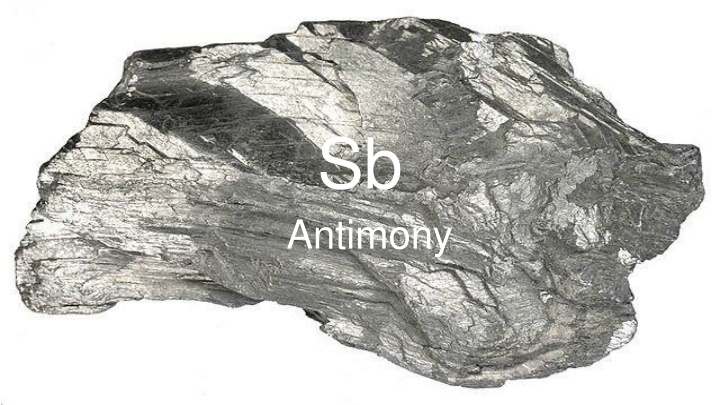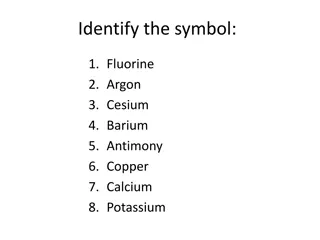
Unveiling the Fascinating History and Uses of Antimony
Discover the origins of the name "antimony" from Greek words, learn about its discovery by Nicolas Lemery, and explore its diverse applications in lead alloys, batteries, glass, ceramics, and flame retardants.
Download Presentation

Please find below an Image/Link to download the presentation.
The content on the website is provided AS IS for your information and personal use only. It may not be sold, licensed, or shared on other websites without obtaining consent from the author. If you encounter any issues during the download, it is possible that the publisher has removed the file from their server.
You are allowed to download the files provided on this website for personal or commercial use, subject to the condition that they are used lawfully. All files are the property of their respective owners.
The content on the website is provided AS IS for your information and personal use only. It may not be sold, licensed, or shared on other websites without obtaining consent from the author.
E N D
Presentation Transcript
Sb Antimony
Why Antimony named is Antimony? The name "antimony" comes from two Greek words: 'anti' meaning not and 'monos' meaning alone. The symbol for antimony, Sb comes from the Latin word Stibium, which was derived from the Greek name for the Stibnite powder used as a cosmetic.
How - Where - Whom Antimony has been known since ancient time. It founded free in Nature Antimony first studied by Nicolas Lemery (1654-1715)
Antimony Uses Lead alloys Lead-acid batteries Glass and ceramics Flame retardants






